In this post, I share activities for teaching the 3 sounds of y, and fun ways to practice with them with your 1st and 2nd grade students. Teaching the consonant and vowel sounds of y can be tricky. There are a few different sounds of y rules, and in this post I’ll share ideas and explain how to teach them. You can easily use these phonics activities for kindergarten, first, or second grade students.
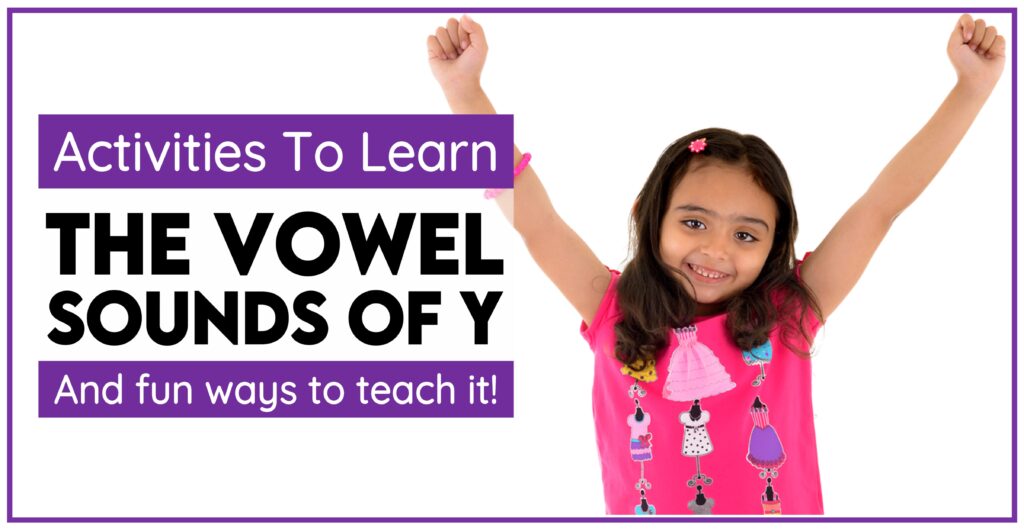
What are the 3 sounds of Y?
Y is a unique letter because it can be a consonant or a vowel. When y is a consonant, it makes the sound /y/, as in the word yellow. Typically, this sound of y is the first sound students learn to associate with the letter.
The letter y is a consonant when it begins a word or a syllable. For example, the words yawn, young, yogurt, canyon, and lawyer all use y as a consonant.
When y is used as a vowel in a word, it can make a long e or long i sound. Y represents a vowel when the word has no other vowels (gym), when y comes at the end of a word or syllable (baby, shy), or when y is in the middle of a syllable (pyramid).
The sound that y makes depends on its position in the word and the number of syllables in the word.
The most common sound of Y
While y can make a variety of sounds, the most common sounds of y are the long e sound and the long i sound. The main focus for younger elementary classrooms is teaching y words that sound like long e at the end and y words that sound like long i at the end.
Y as Long E
When y is at the end of a word that has two or more syllables, it makes the long e sound. Also, when the letters ey are at the end of a word, they make the long e sound.
We see y making a long e sound in words like: sunny, family, jelly, penny, honey, valley, and jersey.
Y as Long I
When y is at the end of a word that has one syllable, it makes the long i sound. If y comes in the middle of a word, it can make a long or short i sound.
Y makes the long i sound in words such as: fry, shy, cry, try, style, cycle, and python.
How do you teach the sounds of Y?
Begin by teaching the rules for when y is a vowel or consonant, and how to make the y sound. Introduce the general rules for which sound y will make in a word. I use these teaching PowerPoints to introduce and explain the phonics concept.
After introducing the concept, model the skill of determining the sound y will make in a word. Think aloud the process with a few examples. This helps students see what they should be doing mentally when they are reading and decoding words. For example, display the word family on the board.
Your think aloud might sound something like this:
Because there are some words that are exceptions to the sounds of y rules, make sure to tell students to try each of the vowel sounds of y if a word doesn’t sound right the first time. After plenty of practice and exposure, students will become much more familiar with figuring out sounds of y.
After modeling this process, make sure to give students opportunities to practice as a whole class, with small groups or partners, and individually. Try some of the activities below to help your students practice determining the different sounds of y in words.
Sounds of Y Activities
Here are engaging y as a vowel activities we do to practice with this phonics pattern:
Sound Sorts
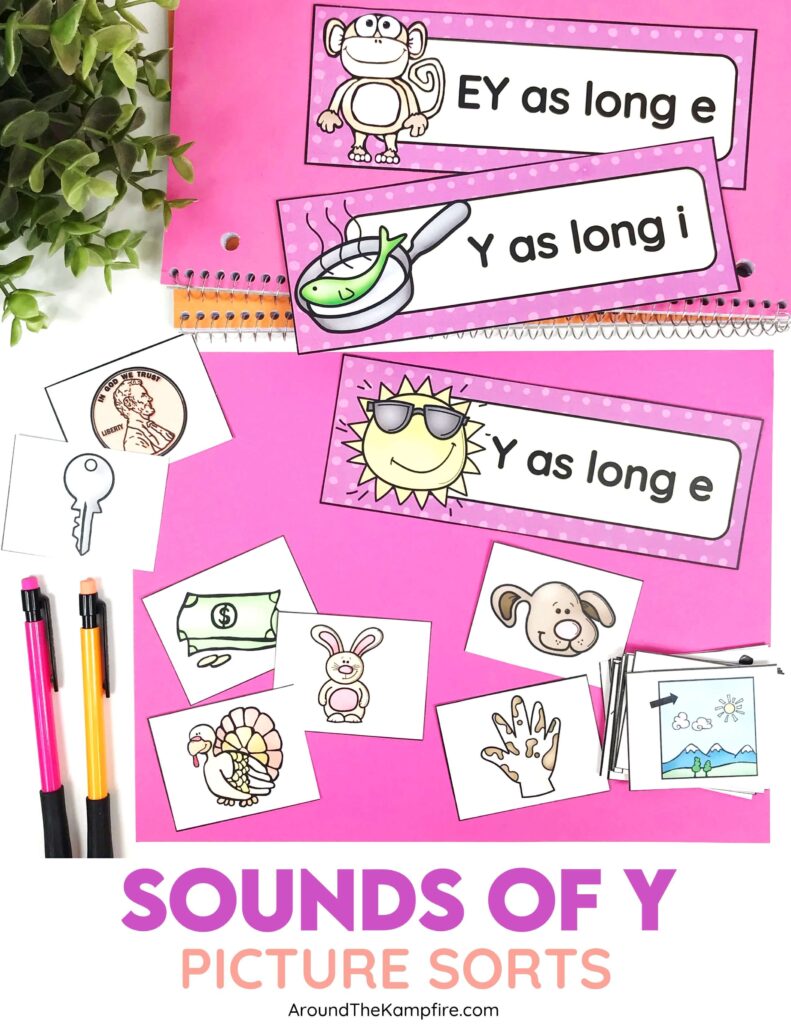
Provide multiple opportunities for students to distinguish between the vowel sounds of y in different words. Using a pocket chart and picture cards or word cards, have students sort words into categories based on the sounds they hear.
Decodable Passages
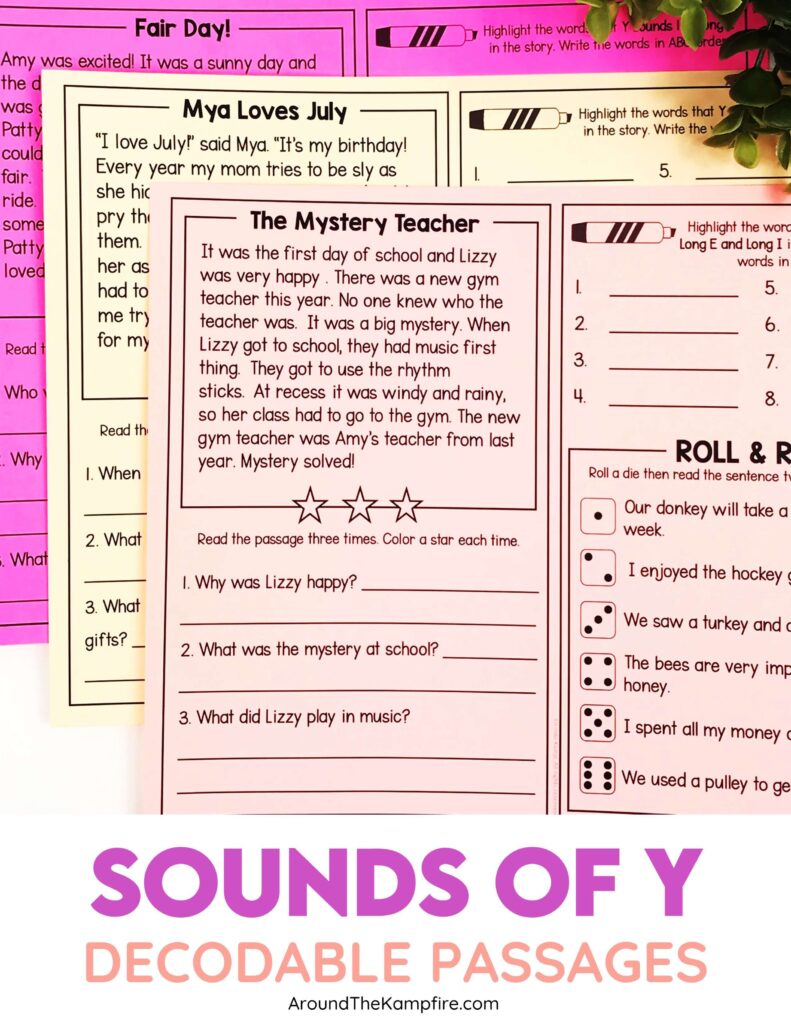
Use decodable phonics passages or readers to encourage students to sound out words using decoding strategies rather than guessing from pictures or predicting. With decodable passages, students are able to practice applying specific phonics skills in context while also building confidence in their reading skills.
Decodable passages are also an excellent resource to use during small group instruction and as an intervention. Here is a source for decodable passages that target vowel sounds of y. Students locate and highlight words in the pattern, then answer comprehension questions about the text.
Sounds of Y Decodable Sentences
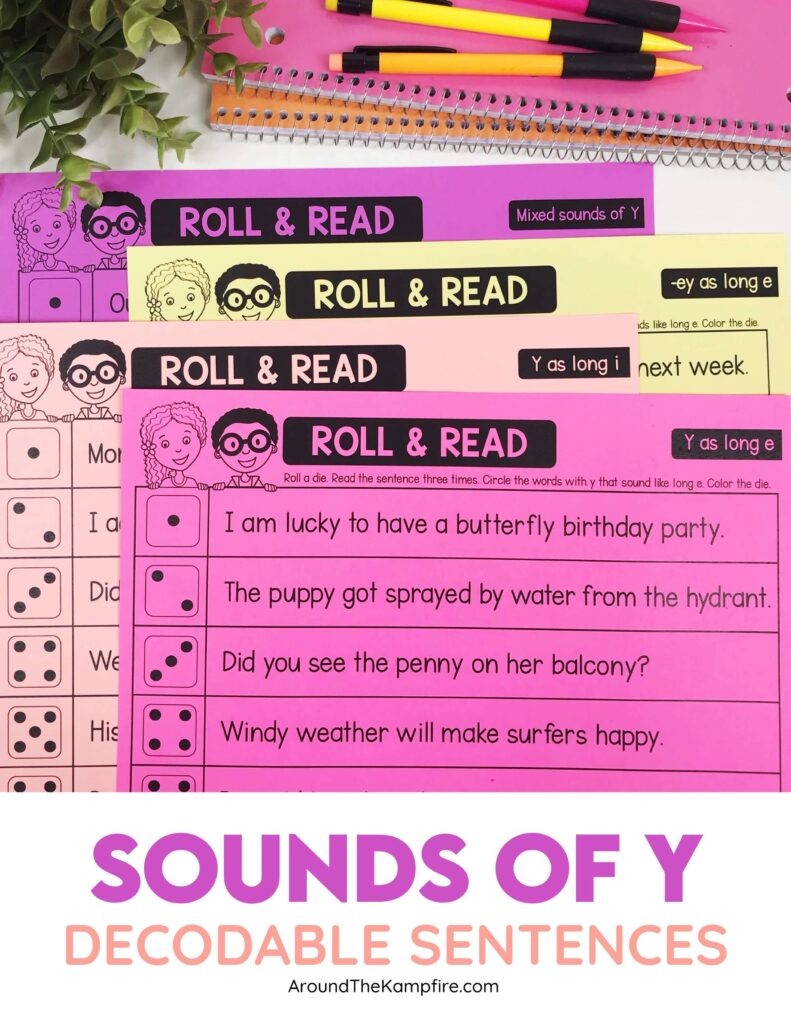
Like decodable phonics passages, decodable sentences promote the use of decoding strategies instead of guesses or predictions. Decodable sentences can help students build reading confidence, and they are not quite as intimidating as entire passages, making them ideal for struggling readers.
Students can practice reading sentences that focus on each of the vowel sounds of y in a more exciting way by using this activity as a Roll & Read game with dice.
Word Building
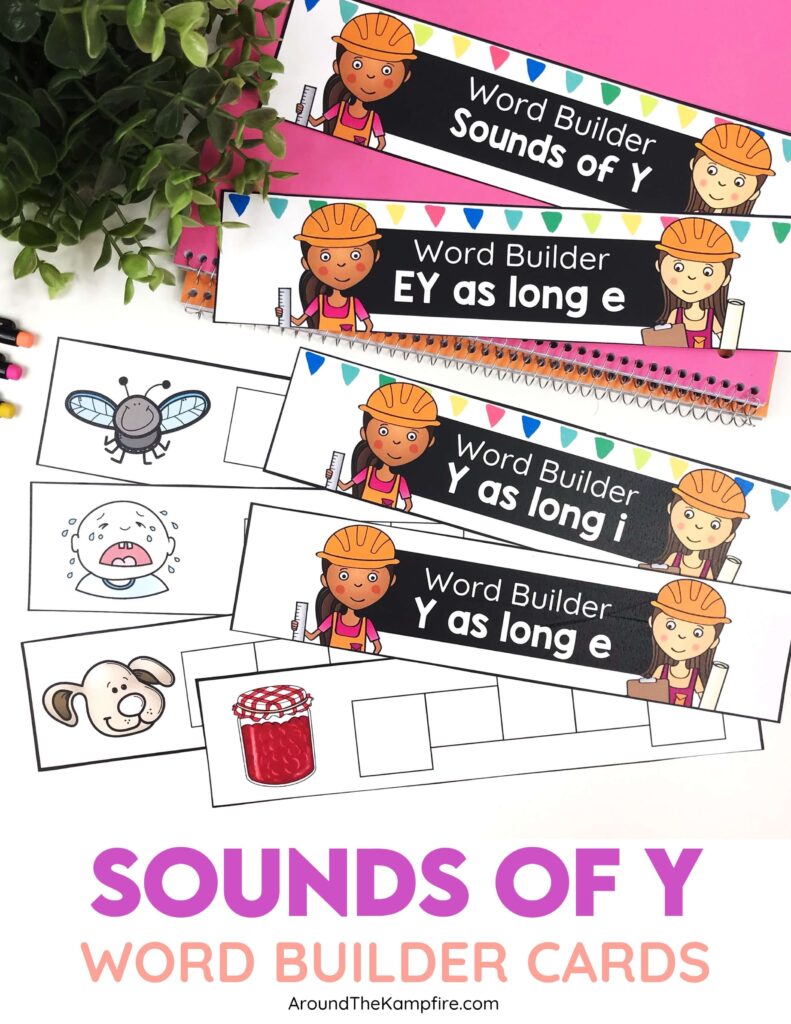
Not only is word building a key component in building phonemic awareness, but it also makes phonics more hands-on with the use of manipulatives. There are a multitude of ways for students to use magnetic letters and letter tiles to substitute sounds, add and delete sounds, and more.
You can easily make your own magnetic letter tiles, letter cubes, or cards without having to spend money.
Sounds of Y Practice Worksheets
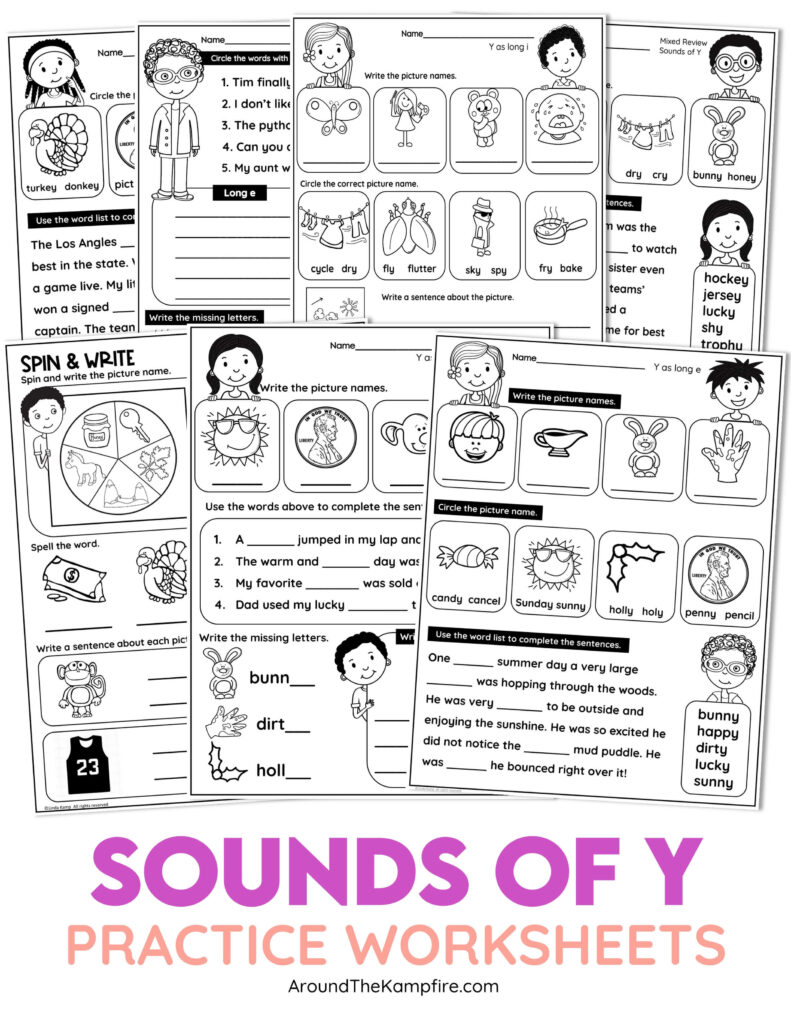
While worksheets aren’t always the best way for students to learn a concept, they do give students one method of additional practice. Students need to be able to write and spell words with the different sounds of y, and we can make practice worksheets more fun by adding novelty! Here are easy ideas and fun ways to make worksheets more engaging that you may not have that about!
Read Aloud Books
Read alouds are an excellent way to introduce, review, or practice any phonics topic. When teachers read aloud in the classroom, they are able to model what fluent reading sounds like. Students build phonological awareness skills as they listen to stories read aloud.
Try one of these awesome read aloud stories in your classroom while teaching the 3 sounds of y:
Read Aloud Books to Teach Sounds of Y

Hi! Fly Guy
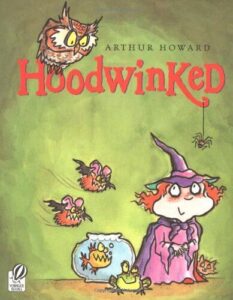
Hoodwinked
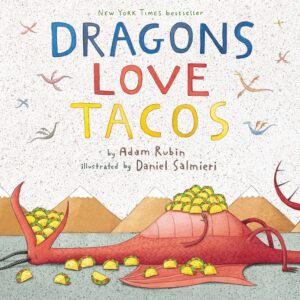
Dragons Love Tacos
Sounds of Y Centers Activities
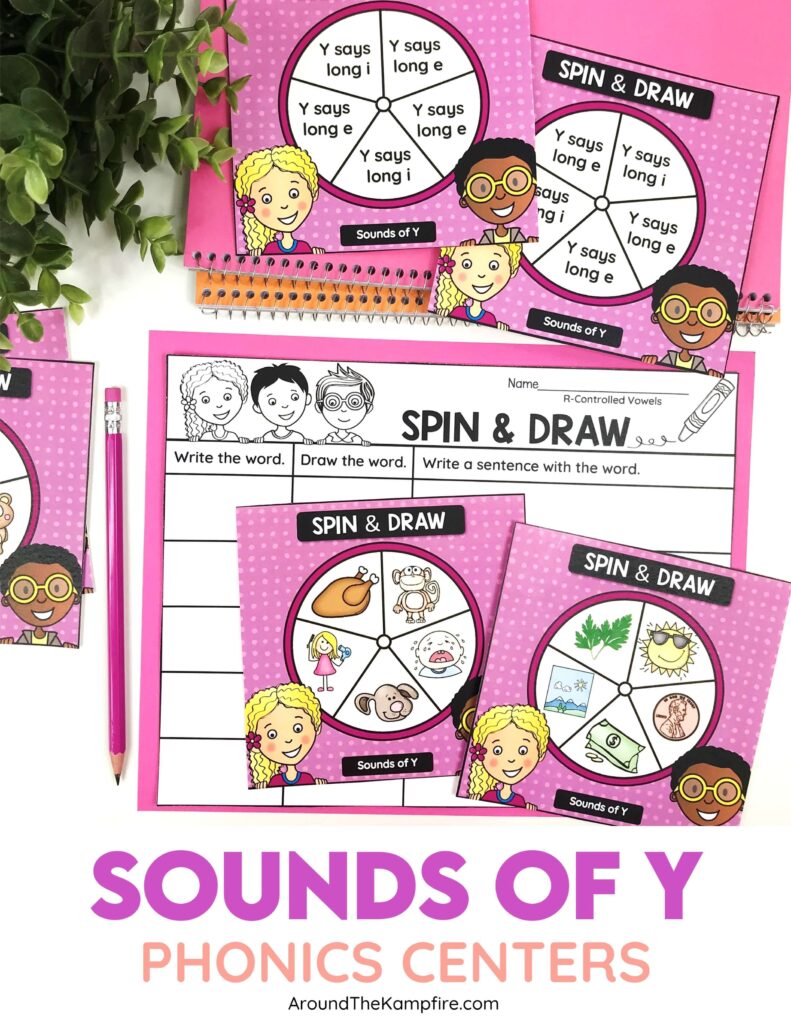
I find it’s best to stick with a weekly phonics routine so students know what’s expected and can get started right away. I like to provide a variety of different vowel sounds of y games and centers and I change them each week to match our phonics target skill.
Using consistent and familiar activities will make your phonics centers easier to manage. A familiar, weekly phonics routine, with similar phonics tasks each week, prevents you from spending valuable time giving directions and allows for student independence during center time.
Quick Phonics Assessment
Quick, one-page assessments give you progress-at-a-glance for the phonics patterns students are working on. They’re great for rapid data collection to inform your instruction easily.
Sounds of Y Phonics Games
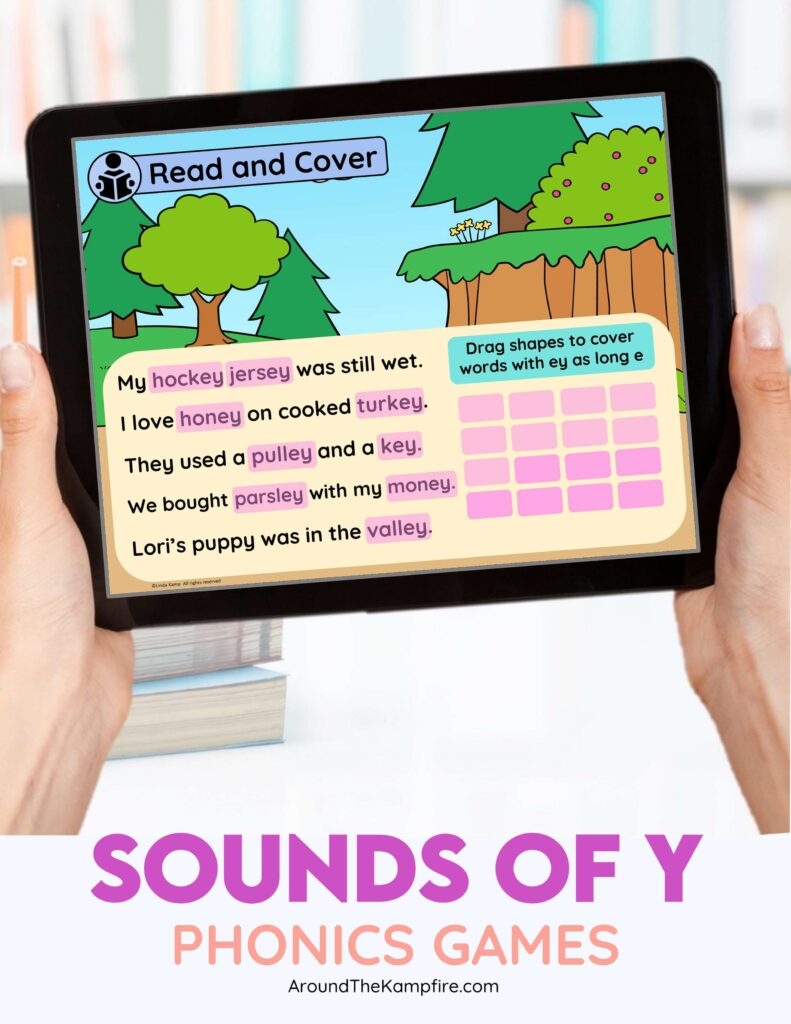
Provide a wide variety of activities and gamify your phonics lessons as much as possible to keep this topic fun and engaging for students. I always include interactive games in my phonics teaching PowerPoint lesson slides. We play some as a whole group during our lesson, and then I reuse the games during centers time later.
Videos for Teaching the 3 Sounds of Y
Learning videos give students another way to process information, since videos often present the information in a different way.
Songs help students learn through keeping them engaged, addressing multiple intelligences, and aiding in memorization. Children remember information more effectively through rhythm and rhyme. Therefore, using chants, raps, and songs while you are teaching the 3 sounds of y can help students remember information and retrieve that information when they need to.
Here are a few videos to help students practice the vowel sounds of y:
Get Sounds of Y Lesson Plans
If you don’t have time to create your own phonics practice pages, assessments, center activities, and teaching PowerPoints for teaching the 3 sounds of y, my Sounds of Y phonics unit includes detailed lesson plans with everything you need to teach, practice, and assess this foundational phonics skill.
See all of my phonics teaching resources and centers here.
Make sure to pin this post to come back to when you’re planning your Sounds of Y phonics activities!
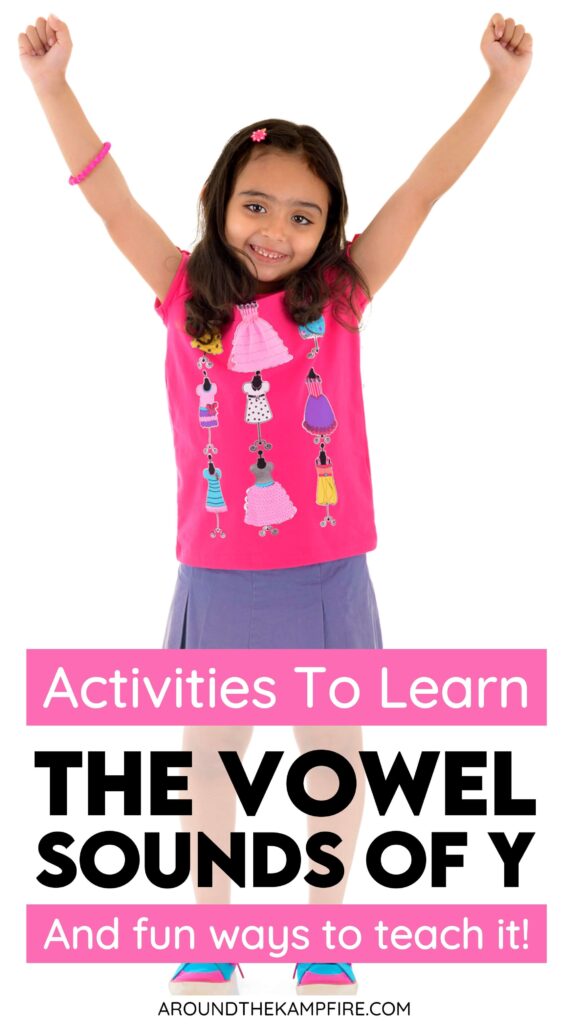
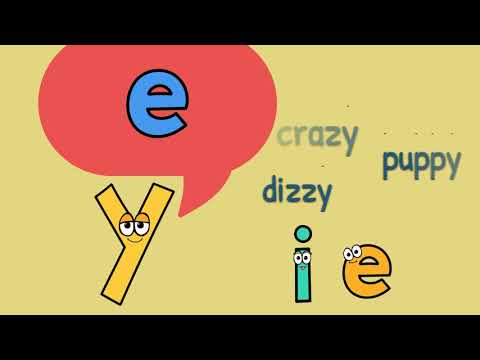


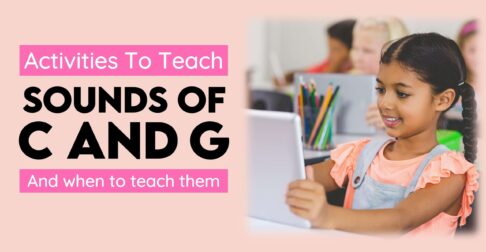
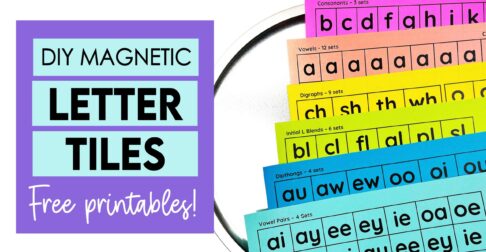
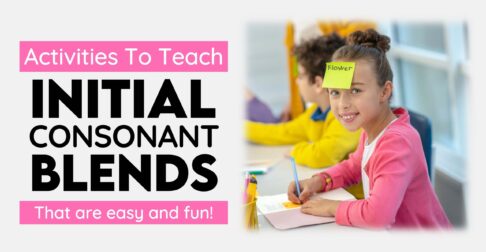

I would like to be on your email mailings! I stumbled upon your website and you have some fantastic ideas!! Thank you!